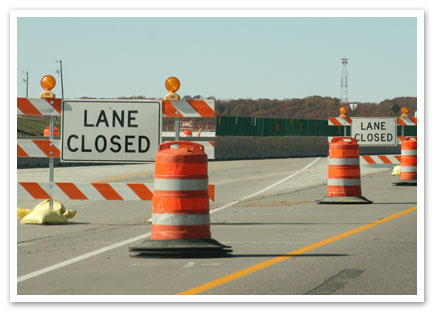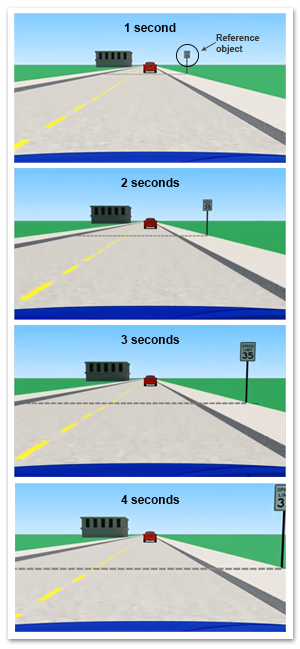The US sees hundreds of fatal collisions in work zones each year. Work zones can be dangerous for all roadway users, but they’re especially dangerous for workers who are unprotected by a vehicle. National Work Zone Awareness Week (NWZAW) is April 11th through April 15th this year. NWZAW helps bring attention to the dangerous conditions of work zones. This year’s theme is "Work Zones are a Sign to Slow Down." In support of NWZAW, we’ve complied some tips for motorists to do their part to keep everyone safe in work zones.

1. Stay Alert
As speed reduces in work zones, you may be tempted to use the lull in traffic to check your phone or touch up your makeup. The reality is that your full and undivided attention needs to be on the road within a work zone. Some states, such as Florida, have laws forbidding the use of cell phones in work zones.
Work zones usually have smaller and/or fewer lanes. They may also have:
- Shifting lane patterns
- Unfamiliar detours
- Construction vehicles that can obstruct your vision
- Inattentive or aggressive drivers
Keep in mind that some work zones move along the highway until work is completed, like line painting or road patching operations. Stay alert and pay attention.
2. Plan Ahead
It can be super helpful to do some research before you hit the road. Some navigation apps on your phone will reroute you to avoid work zones. You can also check interstate road conditions ahead of time using our handy guide here.
3. Keep Your Distance
Sudden stops are common in work zones. Make sure you’re not following other drivers too closely in work zones by keeping even more space between you and other vehicles than you would in normal conditions.
It’s a good idea to keep at least 4 to 6 seconds between your vehicle and the vehicle in front of you in work zones. To calculate your following distance, select a fixed object on the road, such as a sign, tree, or overpass. When the vehicle ahead of you passes the object, slowly count, "one one thousand, two one thousand," etc. If you reach the object before completing the count, you’re following too closely. Slow down until there’s sufficient space between your vehicle and the one in front of you.

It’s also important to make sure you’re safely positioned within your lane. If there are roadway workers along the right shoulder of the roadway, keep some extra space between your vehicle and the shoulder if you can. Position your vehicle as far left as possible while still staying within your lane.
4. Share the Road
Oversized vehicles need to drive through work zones, too. Make sure you’re sharing the road with oversized vehicles. It takes oversized vehicles more time to stop than regular vehicles, so keep a larger following distance between your vehicle and the oversized vehicle ahead of you.
Oversized vehicles also have much bigger blind spots than average vehicles. If you can’t see the driver of an oversized vehicle in their side mirror, it’s likely they can’t see you, either. If they can’t see you, adjust your driving as much as safely possible to get out of their blind spot.
5. Brush Up on Traffic Laws
Driving is a lifelong learning process. The best way to stay safe is by making sure you have the most up-to-date information on traffic laws and brushing up on your driving skills. Taking an online defensive driving course or an insurance discount course is a great way to help prepare yourself for any type of driving situation! Click here to visit our website to see the online courses we offer in your state!
This year, help bring awareness to work zone safety in your own community! Visit NWZAW’s website to see how you can get involved.